Because all the Monster Hunter games have similar names, it can be tricky to figure out when the entries are taking place or what the games are.
And now that the series is over two decades old, there’s a long, exhaustive lists of games that have been released under the Monster Hunter banner. That’s why we’ve organized this list of the titles in the Monster Hunter series, from oldest to newest entries.
Table of contents
- Full list of Monster Hunter games in order
- Monster Hunter (2004)
- Monster Hunter Freedom (2005)
- Monster Hunter 2 (2006)
- Monster Hunter Freedom 2 (2007)
- Monster Hunter Frontier (2007)
- Monster Hunter Freedom Unite (2008)
- Monster Hunter 3 Tri (2009)
- Monster Hunter 3 Ultimate (2011)
- Monster Hunter Dynamic Hunting (2011)
- Monster Hunter 4 (2013) and Monster Hunter 4 Ultimate (2015)
- Monster Hunter X (2015) and Monster Hunter Generations (2016)
- Monster Hunter Explore (2015)
- Monster Hunter Stories (2016)
- Monster Hunter Generations Ultimate (2017)
- Monster Hunter: World (2018)
- Monster Hunter: Rise (2021)
- Monster Hunter Stories 2: Wings of Ruin (2021)
- Monster Hunter Now (2023)
- Monster Hunter Wilds (2025)
Full list of Monster Hunter games in order
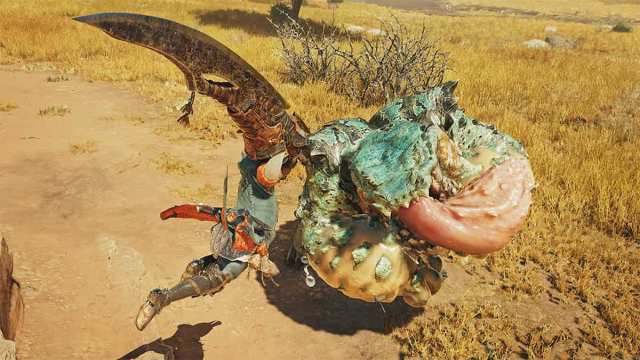
Here’s our list of all Monster Hunter titles in order of release.
Monster Hunter (2004)
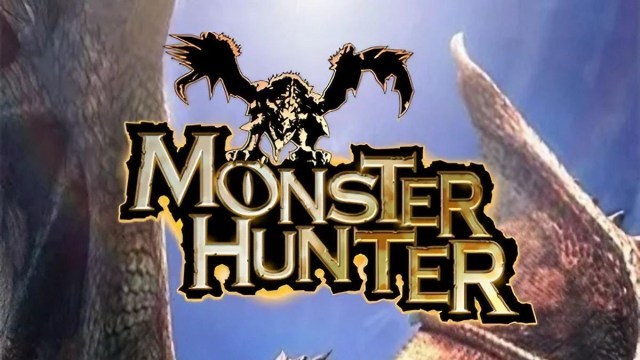
The first Monster Hunter game was released in Japan and then the U.S. The player is a hunter trainee from Kokoto Village who needs to complete challenges to rise in the Hunter guild. By overcoming these challenges, the player learns how to fight monsters and eventually protect his village from Wyverns (basically dragons).
The game built the formula that has become so well known today. There are eight weapon types in Monster Hunter and players can gather resources from monsters. These are two things that remain in the series.
Monster Hunter Freedom (2005)
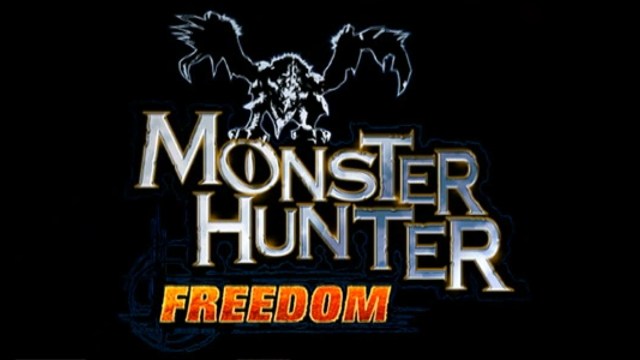
Monster Hunter Freedom is an enhanced version of Monster Hunter. The game was called Monster Hunter G in Japan and was meant to be an expansion of the original Monster Hunter. In the U.S., Monster Hunter Freedom was released on the PlayStation Portable. Dual Swords, monster cosmetic changes, and increased varieties of monsters with varying difficulty were some of the new features. The game was so popular that it got a sequel.
Monster Hunter 2 (2006)
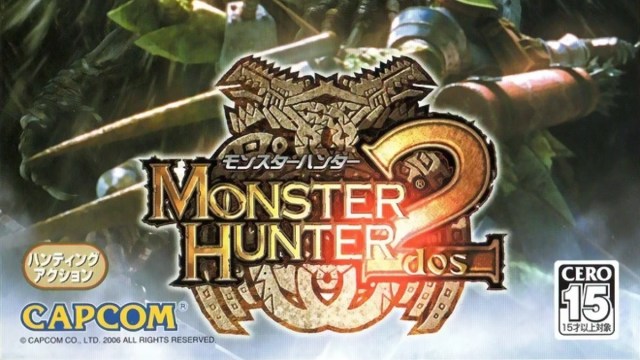
As a sequel to the original Monster Hunter, Monster Hunter 2 did not disappoint. In addition to the original enemy roster, 24 new enemies were added to the game. Character creation was introduced in Monster Hunter 2, allowing players to personalize their characters. New towns and villages were added with their own side quests and monsters to defeat. In this game, Kokoto Village returns, and many of the NPCs remain the same as before.
Monster Hunter Freedom 2 (2007)
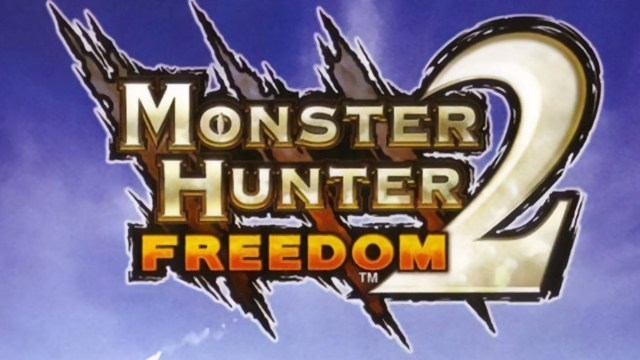
Monster Hunter Freedom 2 is an enhanced version of Monster Hunter 2, like its predecessor. The game was ported to the PlayStation Portable and provided more content. This time, players received new monster subspecies, improved visuals, and more quests to complete. A mobile version of this game was also introduced for iOS devices, which was the first of many mobile Monster Hunter games.
Monster Hunter Frontier (2007)
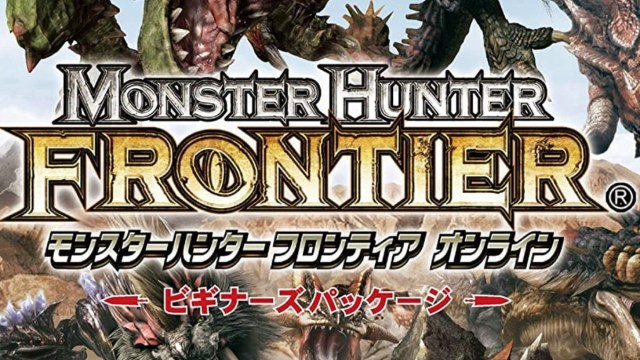
Monster Hunter Frontier was an MMORPG made for the PC and Xbox 360. The game is only available in Japan, Korea, Taiwan, and Macau, China. Outside of those territories, the game is unavailable, but if you have a VPN, you can always bypass these restrictions. In Monster Hunter Frontier, you’ll find the monsters, quests, weapons, and armor features you would expect in all Monster Hunter games.
Monster Hunter Freedom Unite (2008)
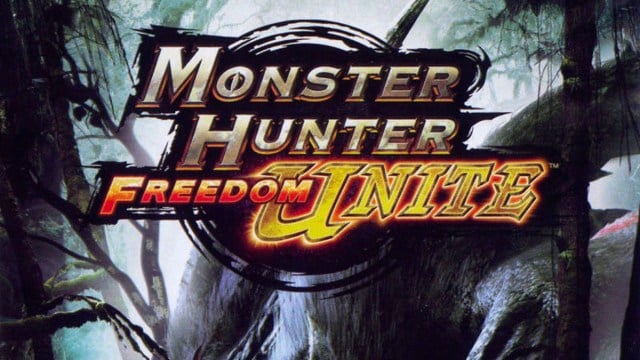
Monster Hunter Freedom Unite was expanded exclusively for PSP by Capcom, and this expansion included new areas, monsters, and weapons. Despite being mostly seen as an expansion, this is big enough to stand alone as a sequel. It gave the game a bigger sense of community by adding a co-op mode that players yearned for. It also added 50 hours of gameplay, making it feel like an entirely new game.
Monster Hunter 3 Tri (2009)
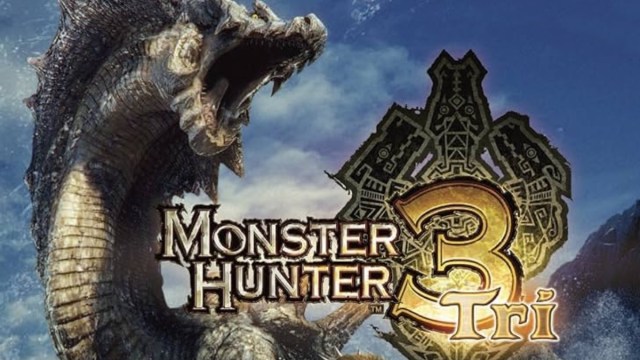
Monster Hunter 3 Tri launched the third generation of Monster Hunter games, exclusive to the PlayStation 3. Japan’s version of the game was released in 2009, but it wasn’t released until the following year in the U.S.
There was more freedom for the players to roam around with their custom characters, and the same concept of hunting monsters was used as in the other games. An online mode was added where players completed missions and earned points to increase their rank and find better assignments. Players could even explore a deserted island to kill more enemies and get loot, but this was mostly just for added gameplay and not structured.
Monster Hunter 3 Ultimate (2011)
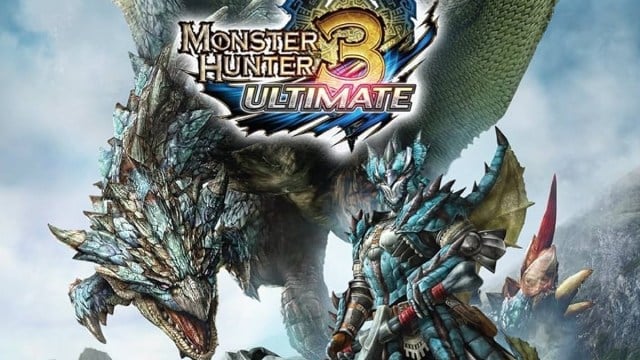
As with previous Monster Hunter games, Capcom also made an enhanced version of Monster Hunter 3 Tri called Monster Hunter 3 Ultimate. The game was released for the Nintendo 3DS and Wii U. There was a version for the PlayStation 3 and PSP, but that was exclusive to Japan. It can be argued that the Monster Hunter 3 Ultimate released to handhelds is better than the console-exclusive version of Monster Hunter 3 Tri because there are more gameplay hours and similar graphics.
Monster Hunter Dynamic Hunting (2011)
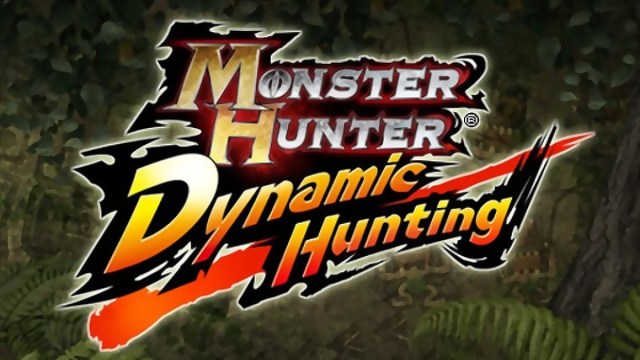
Mobile game Monster Hunter Dynamic Hunting was an arcade spin-off of Monster Hunter. This game lacks many of the freedoms and features of the mainline series, such as free-roaming, a variety of weapons, and any real strategy in hunting monsters. Despite having a single-player mode and a co-op online mode, the game was never really popular. Monster Hunter Dynamic Hunting was more like a hack and slash game using swipes and slashes. There is no app store for the game in either phone market, so the only way to get it is to download it online.
Monster Hunter 4 (2013) and Monster Hunter 4 Ultimate (2015)
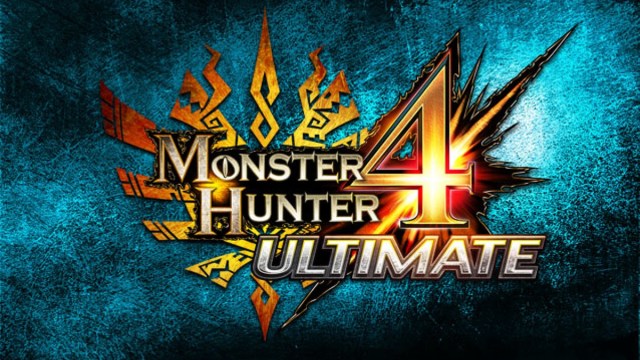
Monster Hunter 4 went straight to the Nintendo 3DS, marking the first mainline series game to go right to handheld instead of a console. It began a trend of games going straight to handhelds that wouldn’t stop for years if you consider the Switch a handheld.
The player was also encouraged to be much more aware of their environment, climbing walls, platforming, and even grabbing onto monsters. Getting to new areas was made easier by climbing mountains and buildings in Monster Hunter 4.
Monster Hunter 4 Ultimate was released in 2015 for the Nintendo 3DS as an international version. While this was also considered enhanced, the changes are minor compared to other enhanced versions. A few new weapon classes, monsters, and locations were added, which is a lot compared to any other series.
Monster Hunter X (2015) and Monster Hunter Generations (2016)
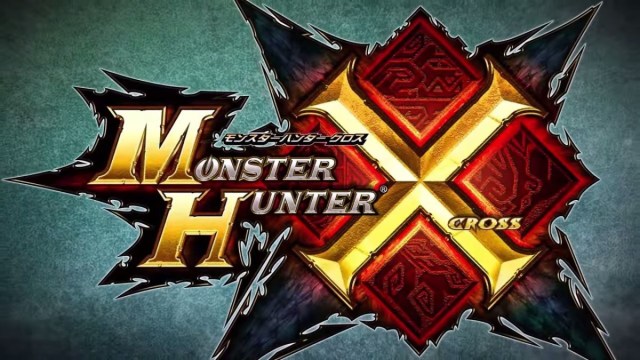
In 2015, Monster Hunter X was released in Japan and then retitled and released internationally as Monster Hunter Generations in 2016. It follows the same concept of hunting giant monsters for rewards, but it has some significant changes that make it a spin-off. The new features include special attacks, new combat styles, and the ability to play as Felynes, a magical cat that follows you around.
Monster Hunter Explore (2015)
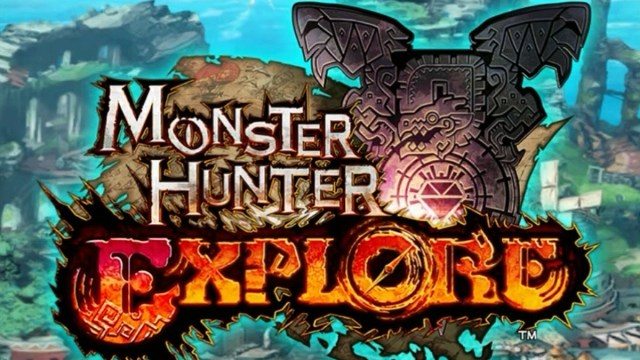
Monster Hunter Explore was a mobile version of Monster Hunter. Players were encouraged to hunt monsters together in the same way the series is known for. The mobile action games used a circle on the screen to attack, though players could direct their attacks and defend in a reduced version of the console releases. Before its shutdown in 2020, the game had reached 1 million players.
Monster Hunter Stories (2016)
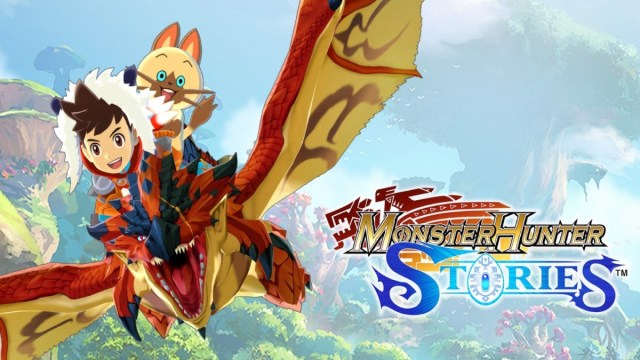
The player in Monster Hunter Stories is no longer a hunter but a rider. Riders form long-lasting friendships with their monsters by using them in battle and forging a strong bond. Riders can raise monsters, customize them, and use them in battle. Riders steal eggs from monster nests and ride those monsters instead of killing them. Instead of real-time action, Monster Hunter Stories uses a turn-based combat system.
Monster Hunter Generations Ultimate (2017)
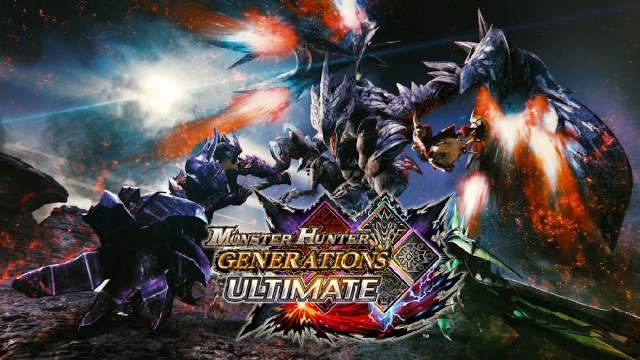
Monster Hunter Generations Ultimate followed the original Monster Hunter Generations. The game was released in Japan as Monster Hunter XX in 2017 and internationally as Monster Hunter Generations Ultimate in 2018. While the overall concept remained the same, Generations Ultimate introduced boss-level monsters, game modes, new monster types, and new weapon movements. It had daily goals and online features to keep players coming back.
Monster Hunter: World (2018)
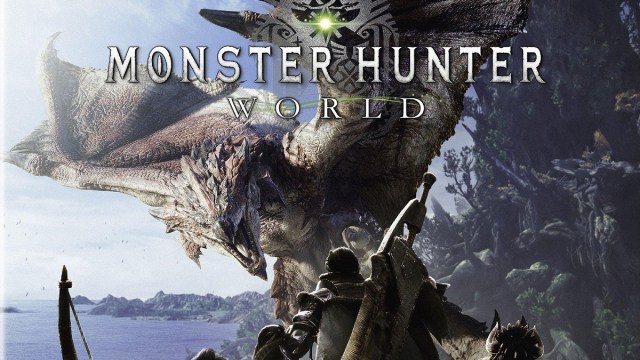
Monster Hunter: World was released for PlayStation 4, PC, and Xbox One. The series finally got some much-needed polish and every feature was modernized and given the attention it needed to compete. Monster Hunter: World is the first game in the series that truly felt open-world to today’s standards. You’ll find a variety of monsters, weapons, armor, and more features you’d expect from the series.
The best part is that the player isn’t forced to do anything. They can follow the main story or run around doing side quests and still feel the progression.
Monster Hunter: Rise (2021)
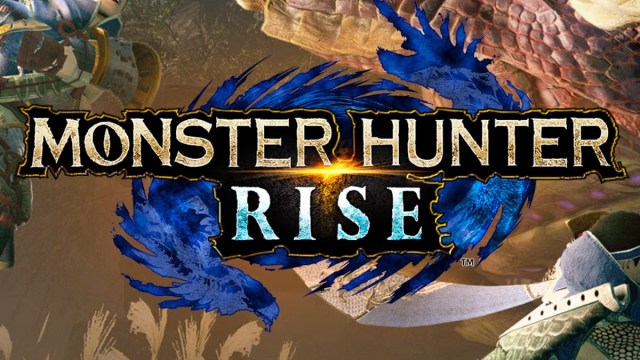
Monster Hunter: Rise brings Monster Hunter back to the Nintendo Switch. Monster Hunter: Rise and Monster Hunter: World are very similar, and there is a huge argument over which is better, but it feels like Monster Hunter: Rise is a Nintendo Switch port of Monster Hunter: World. Monster Hunter: Rise is a great place to start if you don’t want to play the older games but want an experience that’s friendlier to newcomers.
Monster Hunter: Rise Sunbreak was a DLC expansion released the following year.
Monster Hunter Stories 2: Wings of Ruin (2021)
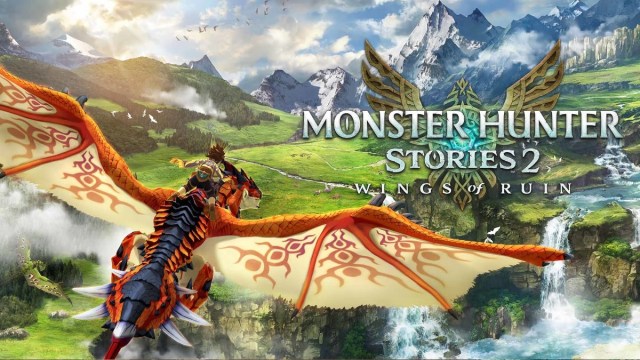
Monster Hunter Stories 2 is the sequel to Monster Hunter Stories and puts players in the shoes of a rider. Many of the features are the same, except the plot tasks players with guarding an egg that may contain a powerful monster. Compared to the first game, this one is much bigger and has more features, but if you didn’t enjoy the first, you likely won’t enjoy this one either.
Monster Hunter Now (2023)
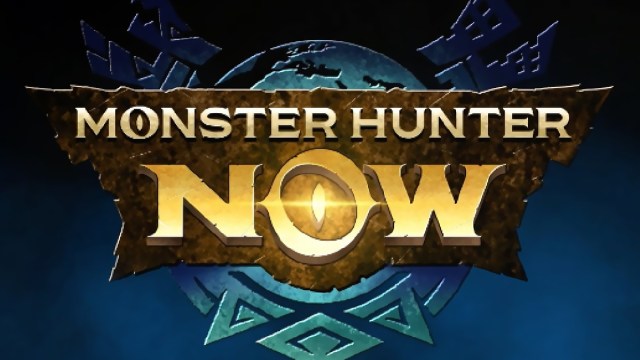
One of the most unusual titles on this long franchise’s catalog, Monster Hunter Now is an augmented reality mobile game in which players hunt monsters by going to real-life locations. In many ways, it’s Capcom’s version of Pokémon Go, which should not be surprising since both games come from the same developer, Niantic.
Monster Hunter Wilds (2025)
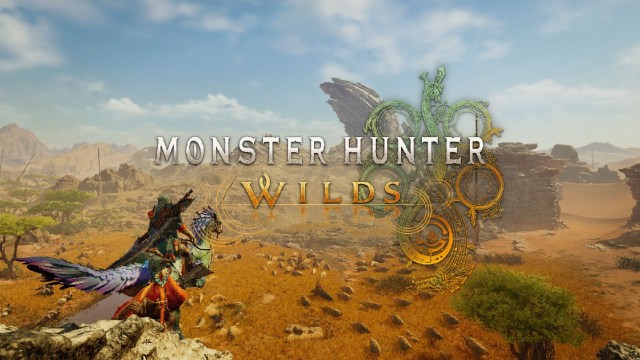
Monster Hunter Wilds is the most recent entry in the franchise, launching on Feb. 28, 2025. It takes everything that made World great and improves upon it with fun gameplay tweaks and additions.
It’s available on PC, PS5, and Xbox Series X|S.


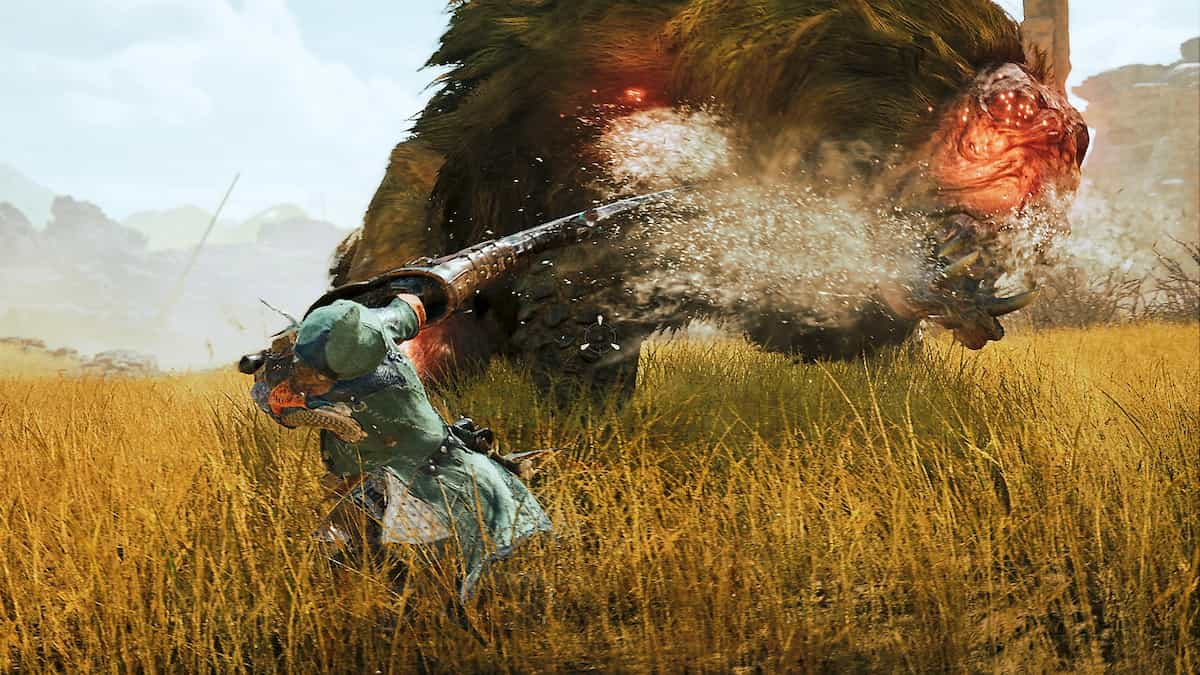
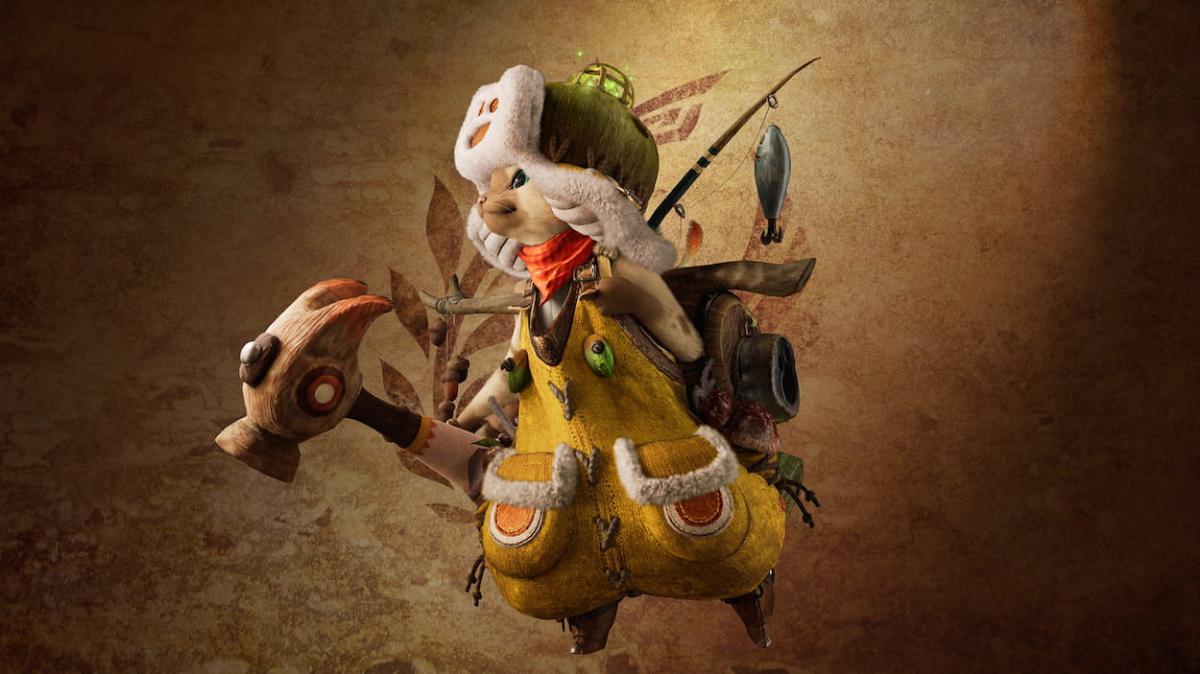
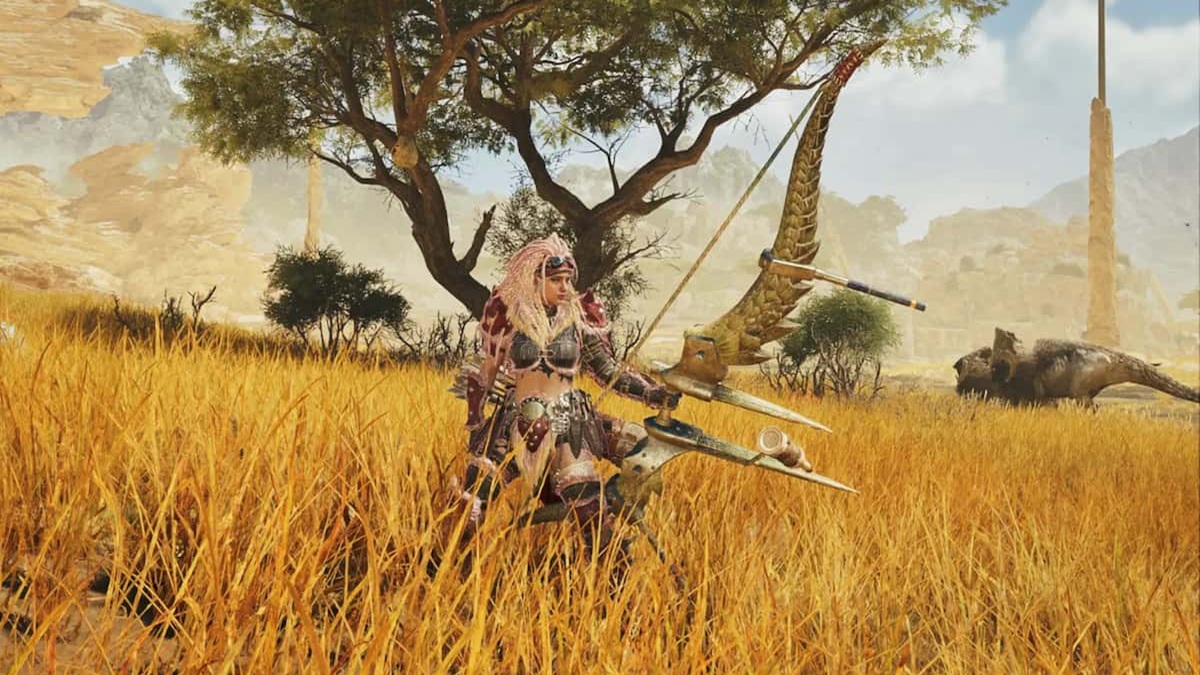
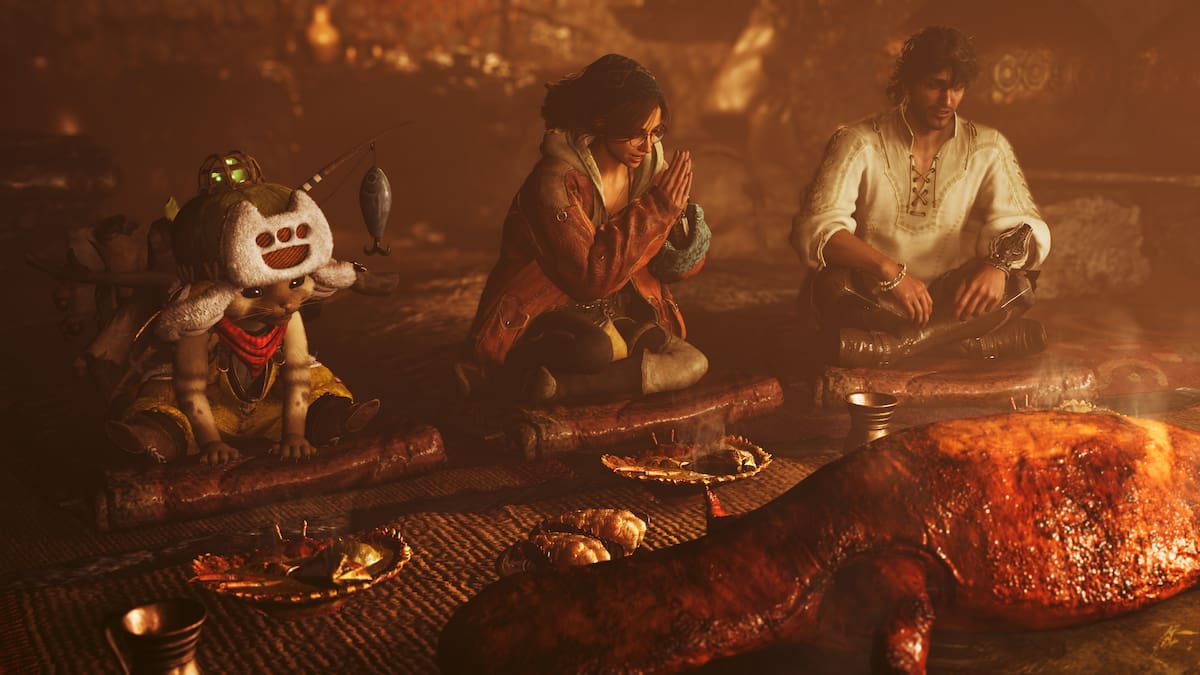
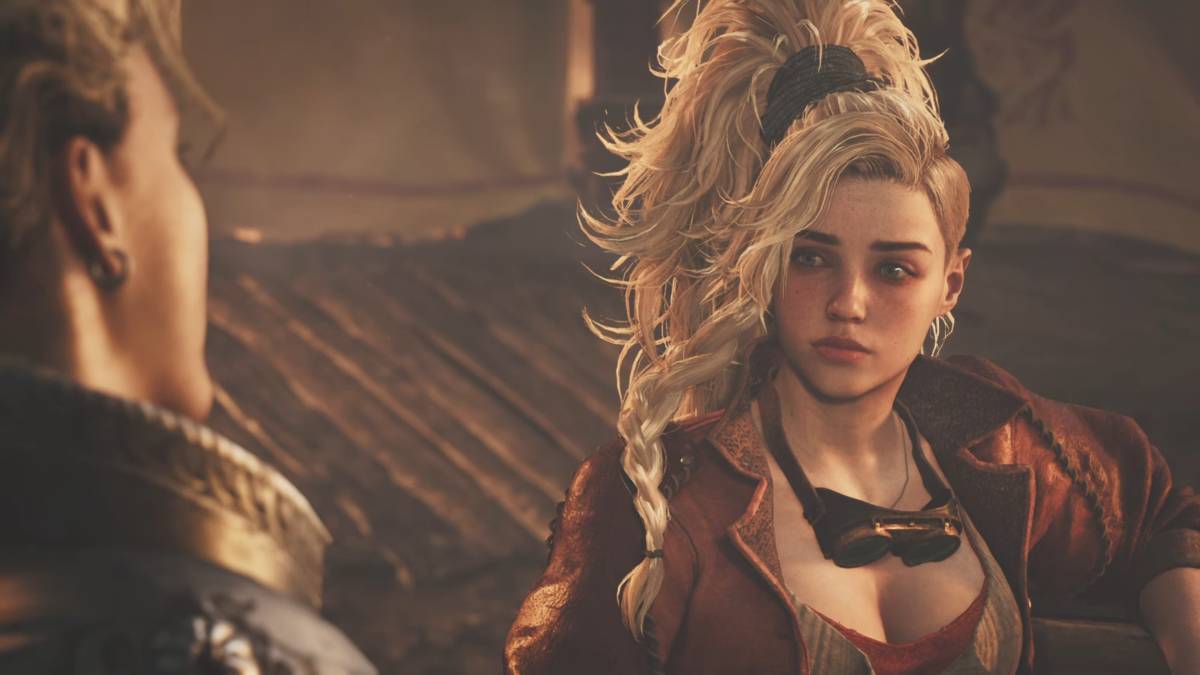

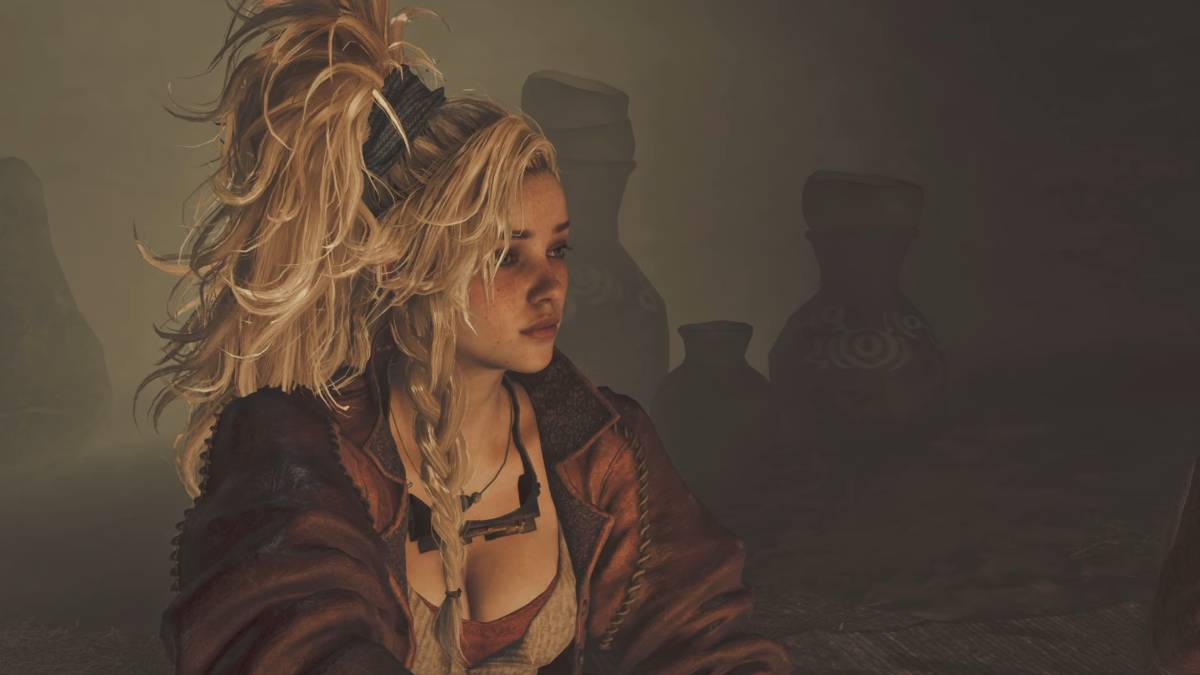
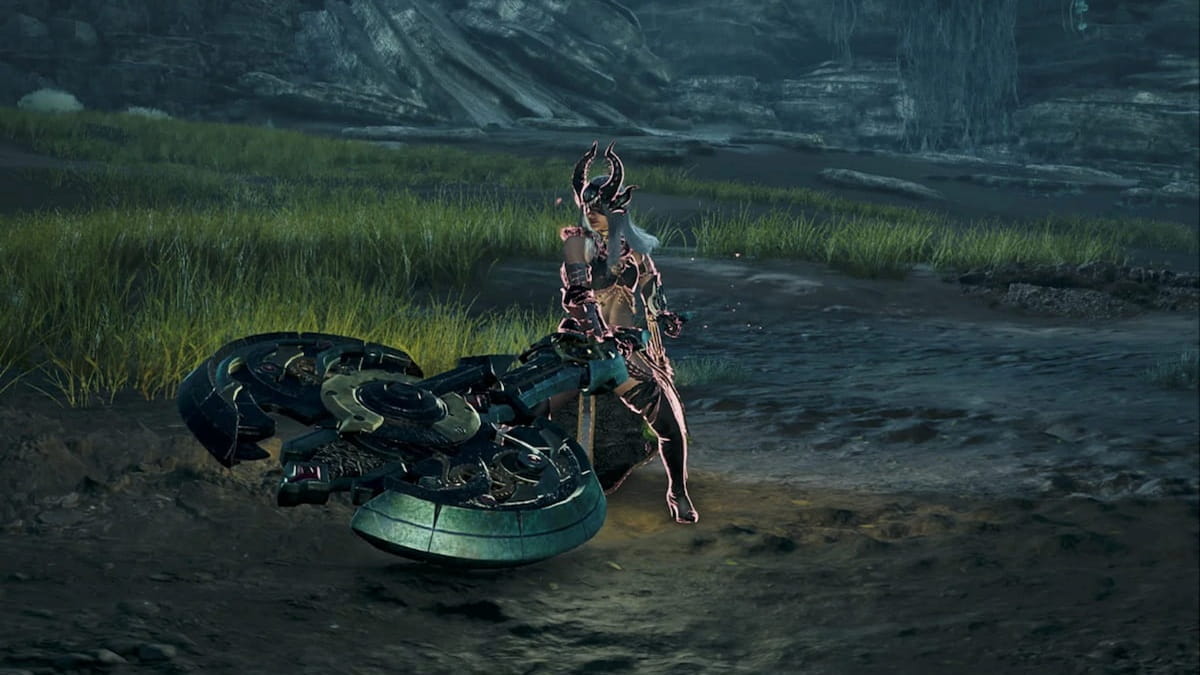
Published: Feb 27, 2025 12:29 pm